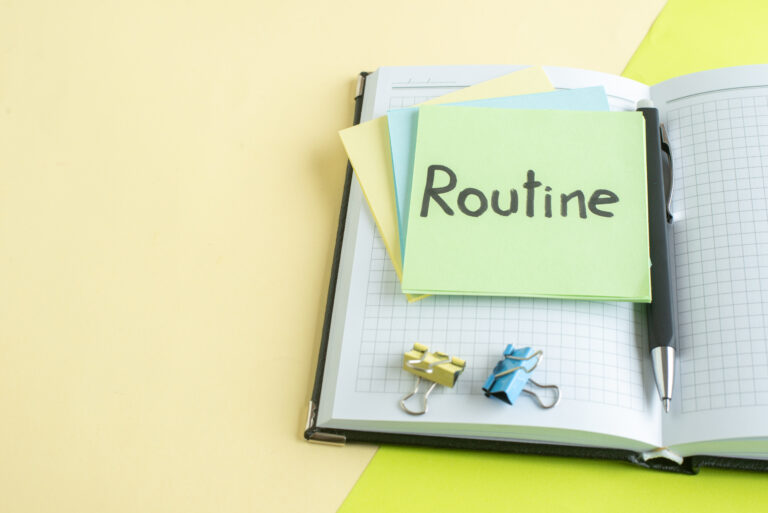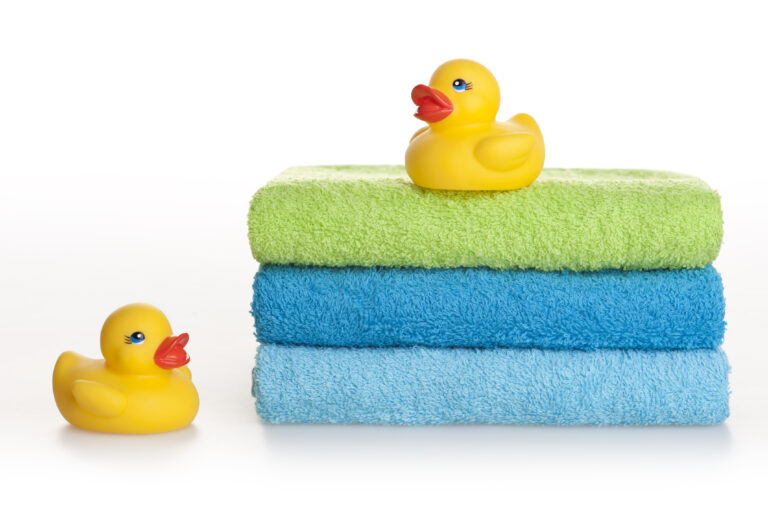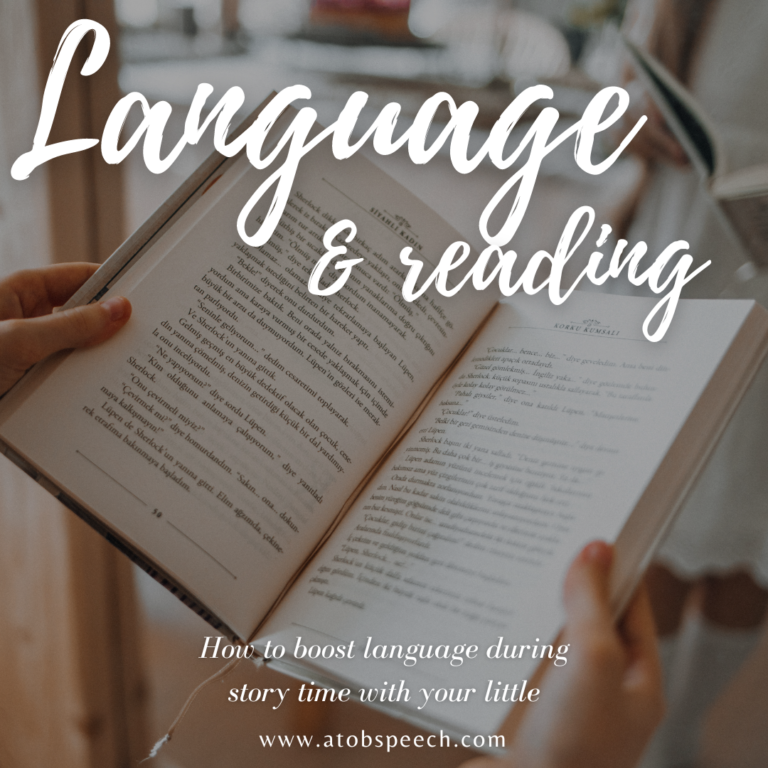Have you ever caught yourself talking aloud? Engaging in this kind of ‘self-talk’ can be a powerful tool for boosting your little’s language skills. In fact, research has shown that narrating our own experiences and thoughts can improve language development.
First let’s jump into self-talk and see how it can be used and easily incorporated into your everyday life (actually, you might already be using it!). Self-talk involves verbalizing our thoughts, feelings, and actions. By narrating our experiences in this way, we engage in a process called self-narration, which helps expose our littles to grammar, sentence structure, and vocabulary concepts to help them map words to their little world.
With the help of real-life examples, let’s delve into the benefits of self-talk for language learning and provide practical tips on how to incorporate this technique into your daily routine. One of the best ways we can learn how to use early language strategies is by incorporating them into our daily routines!
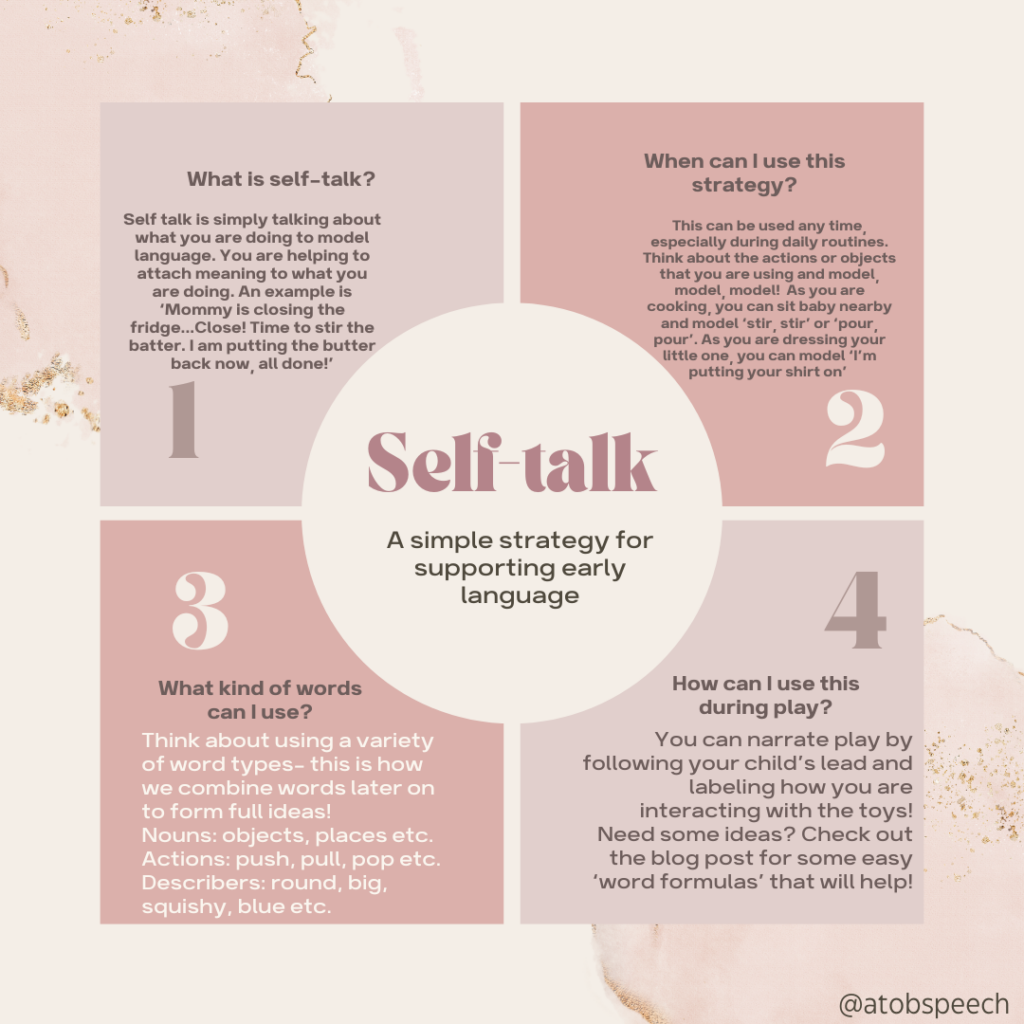
This post may contain affiliate links, this means that we could receive a commission when you click on one of our links and purchase something that was recommended. In some cases, we may be compensated for writing this post. Don’t worry, it is at no extra cost to you and all opinions and recommendations shared are truly our own! See our full policy here
Understanding self-talk and its language-learning impacts
Self-talk is a fancy way if saying that we are essentially our own narrators! We are simply talking about loud about our feelings, actions, and the objects that we are using as we go about our day. When we engage in self-talk, we are providing labels for the things that are happening in our world. Our littles learn through incidental language exposure, and when we narrate our actions with them present, they are absorbing the words that help them map concepts/experiences and understand that words are actually symbols for their world. This is the foundation to understanding that using words is how we can communicate with others and get our needs met!
Implementing Self-talk in Daily Routines
Now that we understand the benefits of self-talk for language development, how in the world will be remember to use it?? The key is to make self-talk a regular part of your day and one way to do this is to simply incorporate it into your every day routines. This will not only make it easy to remember and implement, but it will also provide the repetition that your littles need to help them understand (repetition is another great strategy for early language facilitation- check out our blog post on this for more!) Let’s look at some daily routines that we might consider using for self-talk:
- Morning Routine: waking up & saying good morning, opening the blinds, getting dressed, brushing our teeth, making the bed, making breakfast, tidying up etc.
- Evening Routine: putting on our pajamas, brushing our teeth, taking a bath, cleaning up, making dinner, saying goodnight to family and toys etc.
- Bath Routine: filling up the tub, placing toys in the tub, using soap to wash, using a towel to dry, turning the light on and off
- Getting in the car: opening/closing doors, buckling up, walking etc.
- PLAY! This is a great time to implement self-talk because you are likely already engaged in many activities with shared attention (another words, your child is already paying attention to you= listening mode ON)
The list goes on!! Any part of your day that consistently occurs generally includes many repetitive actions or objects that are used….these make great language models!

Examples of narrating & a ‘cheat sheet’ with word formulas to help!
Okay, so now we understand WHEN we might be able to use self-talk….how about the HOW?! Here are some examples of easy word formulas that we can use to help us.
- Person is + action (mommy is cleaning)
- Now, let’s + action (now, let’s OPEN fridge! Close!)
- Describer + object (woah, I’m picking up the BIG ball)
- Exclamatory + statement (WOW! I’m lifting it, it is SO heavy!)
- Sequential language [I’m going to turn the water on. Plop! I’m putting the dish into the water. Wash, wash, wash)
- Add sound effects to build interest!!
- Describe sensory attributes by talking about what you see, feel, hear, and smell [mommy’s making cookies. YUM, they smell good!]
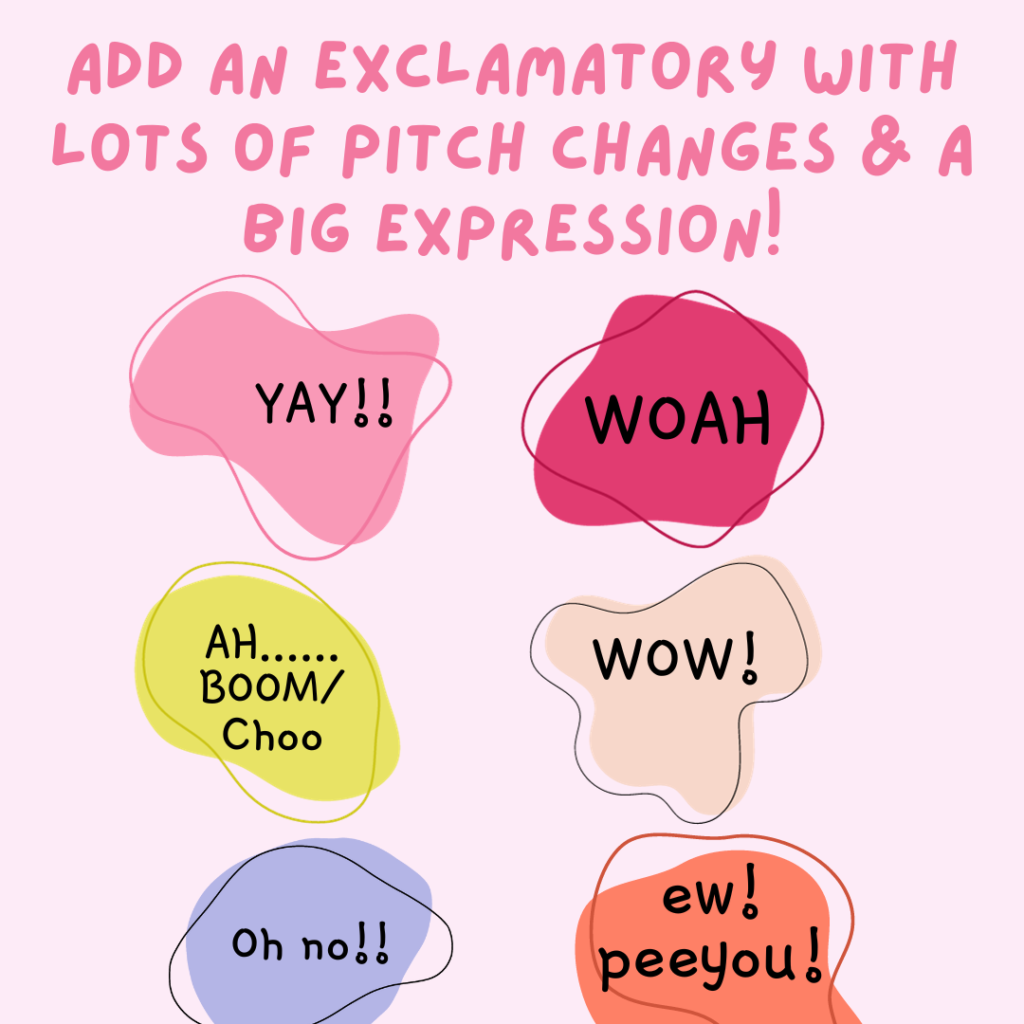
An example of Self-talk in ACTION during play
Play is an EXCELLENT time to utilize narrating, self-talk included! This is a time when your little is likely already engaged in a shared experience with you. Joint attention (fancy word for paying attention to the same thing) is one of the precursors to language because it is SO important that our littles are associating our words with the thing that we are symbolizing with it (e.g. ‘milk’ –> both looking at the milk while mommy says the word–> baby learns that the white drink is called milk).
- When we use self-talk during play, we want to follow our child’s lead. We have to do a little detective work to figure out what they want to play with or what they are interested in at the moment (and I say ‘moment’ because sometimes it truly is just one until we are on to the next!) and then we can expand and join in on their play. While we do this, we are modeling language by talking about what we are doing. An important point to make here is that we are not stopping them to interject with our adult-driven idea of what they can do….we want them to build that attention span! Instead, we are following their lead by joining in, copying, and expanding their play. More on HOW to do this in future blog posts!
Example: Little Bobby is playing with blocks; he is just discovering them so he is tapping them on the floor, mouthing them (putting them up to his mouth), and starting to stack them. Mommy comes over to play and starts tapping them gently (I can tap, tap, tap the blocks!). To expand Bobby’s play, she adds some blocks on top of one another alongside of his little block tower. [Mommy is stacking blocks, up up up! Mommy is building a tower!]
Final Thoughts… Some tips to keep in mind:
Self-talk is a great way to incorporate language learning into your everyday routine….it is something you probably already do!! Here are some things to remember as you become a language superstar for your little!
- We are modeling without expectation. We are not expecting any kind of response or imitation…if your little imitates, that is great!! We don’t want to expect this during our narrating strategy- we just want to model and engage in some shared experiences around language
- We don’t need to do this ALL day or even throughout the entire activity. We want to use this strategy sporadically throughout the day, specifically in those times where our little is really attending to us and engaging in that attention to the tasks. We don’t want to overdo it or flood them with a play-by-play because we want to give them time to process. explore, and store those awesome nuggets! Plus, we want to give them time to talk and babble and respond!
- Use child-friendly language- you can model a short phrase after your sentence to reinforce key words (e.g. Mommy is going to fold the pants. Shake shake, flip! Fold pants!)


